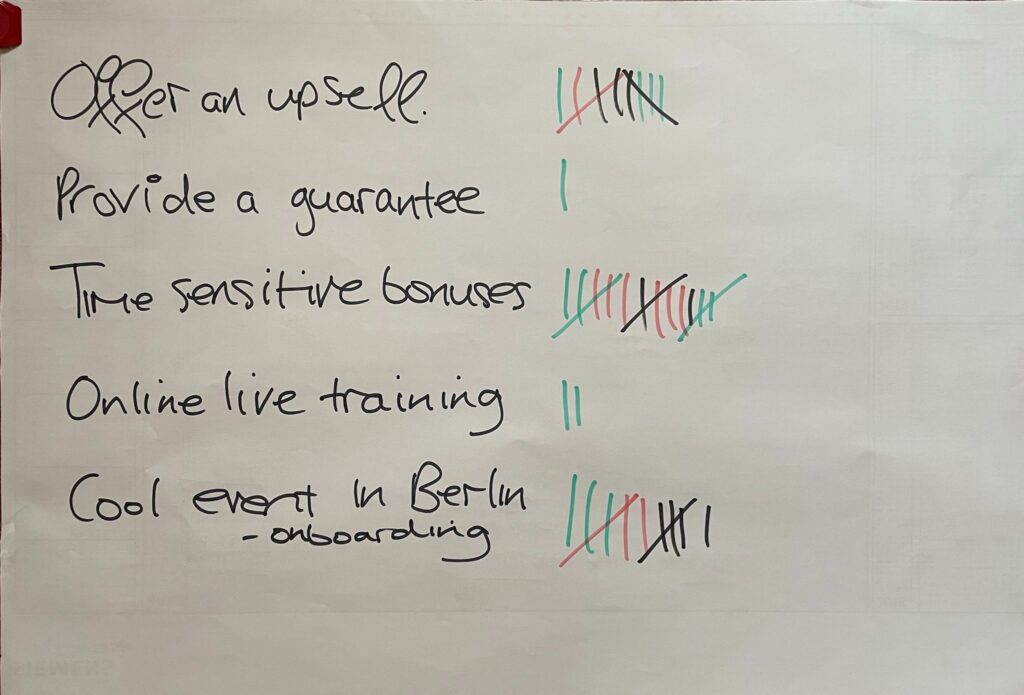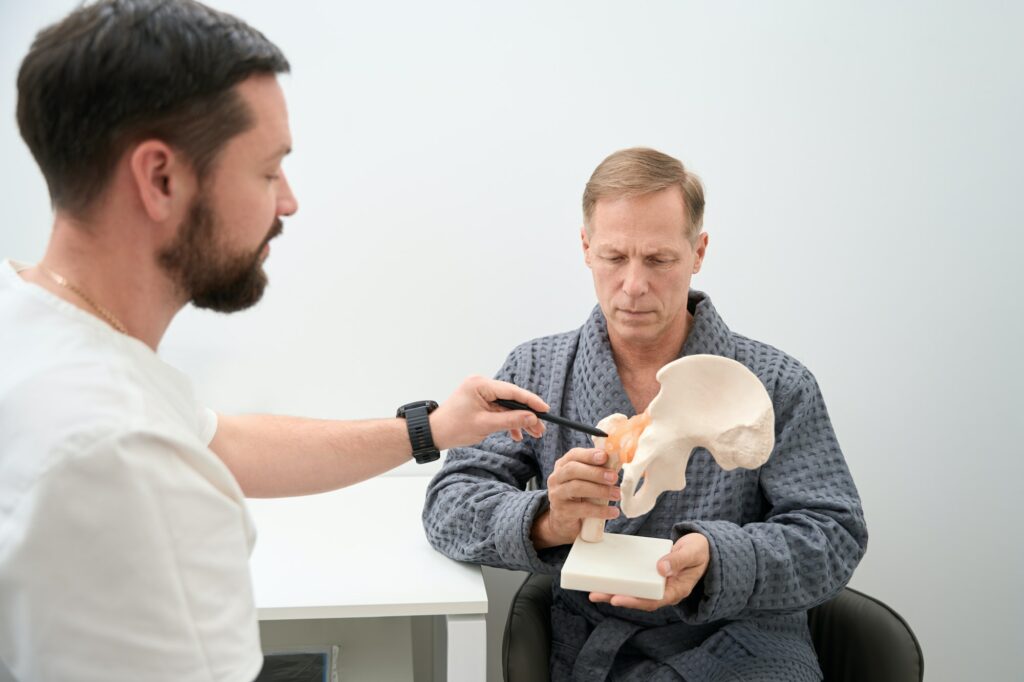So interaction can be simple, creative or powerful.
SIMPLE
Let’s look at the simplest ways first. The simplest way in an online setting, for example, is to get people to put their hand up, shout out ideas. They can type in a reaction or a gif or an emoji. In a face-to-face situation, you get people standing up, you can use Post-it notes, all that kind of thing.
CREATIVE
Now the creative interaction requires a little bit more preparation, but it will have a little bit more impact. So here I’m thinking about using like a tally system. So if people have lots of ideas, they put them all on the board and then you want to prioritize which ones had the most importance. Because you will get people saying the same thing again and again and you don’t want to waste their time by doing that.
RECURRING IDEAS
So if you insist on (the participants) only saying something once by telling them “Later, we will be evaluating these ideas, so your idea is not lost”.
TALLY SYSTEM (later)
Prioritizing the top three ideas
3 marks. The best idea
2 marks. The average idea.
1 mark. Least favourite idea
This way you can evaluate the popularity of the ideas and the suggestions.
this also works anonymously – just turn the board around and get people to come up one by one)
But let’s hold our horses here, we’re not yet at the recommendation phase.
This is all about brainstorming, getting ideas out of the minds of those that are working with this problem every day and tackling them.
We want to explore.
So use Post-it notes, you can do this online with a board like Mural, and you could even use some of these retro boards out there. But you can also just use a bog standard whiteboard.
It doesn’t have to be fancy.
In fact, sometimes fancy can slow things down. Sometimes the low-tech options are the most dynamic.























